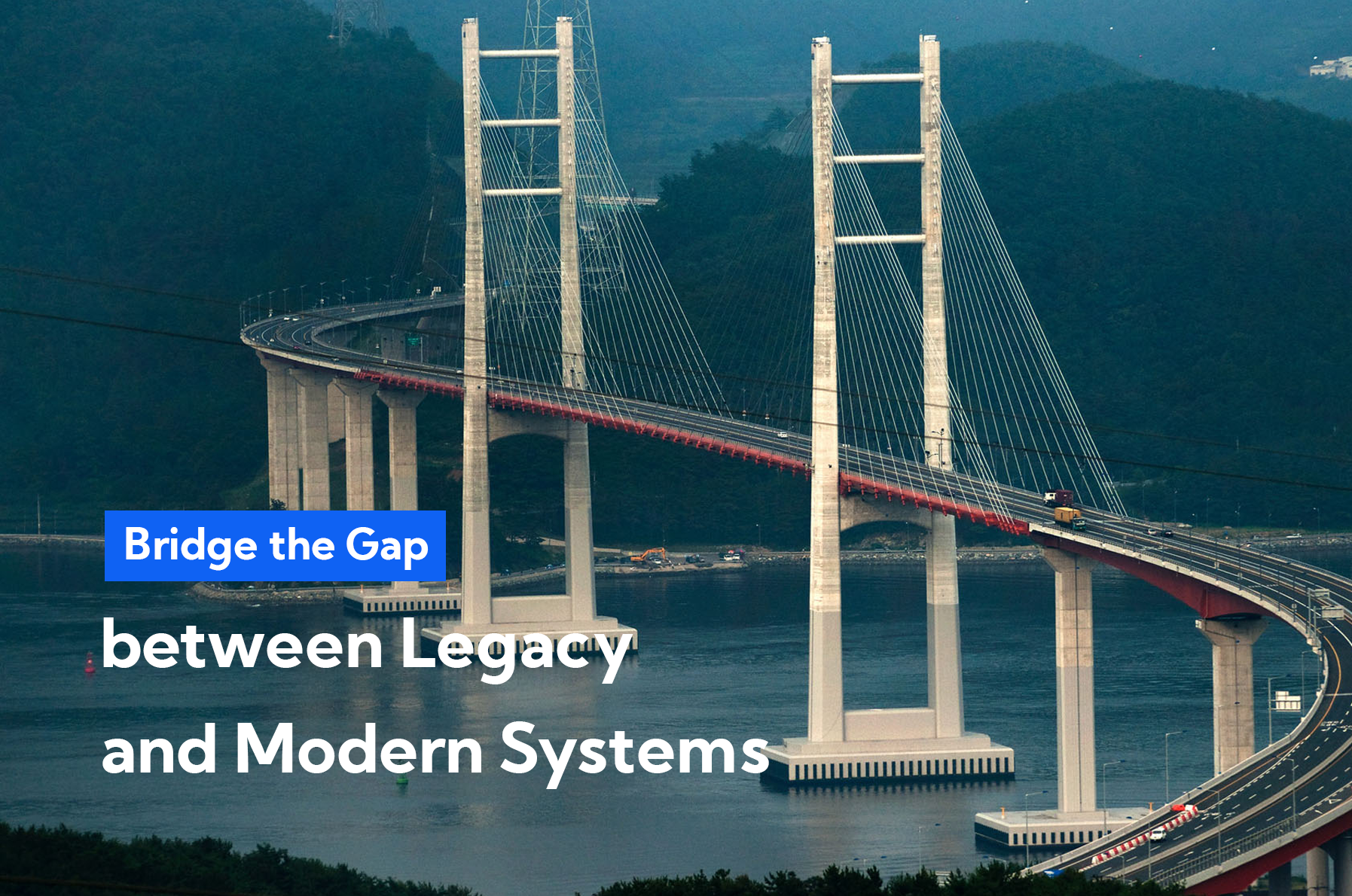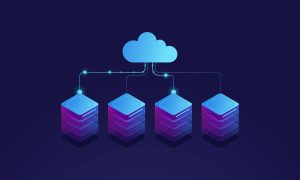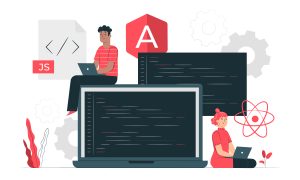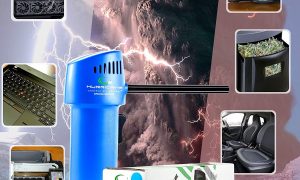Do you remember when the last time you used a pager was? Probably in the late ’90s. However, this technology still lives. Sometimes, someone’s life depends on it, as this technology is still used in the healthcare industry. It’s safe to say that some countries such as Japan and the UK are finally shutting down the services. However, three-quarters of the US organizations still support at least one type of beeper.
You may wonder why organizations in the 21st century still use technology from the ’90s. The answer is simple: some technologies are just hard to replace. Beepers are only one example of so-called legacy systems that are still in use. Other industries such as banking, finance, insurance, and transportation also have problems with legacy systems. For instance, major federal organizations use outdated technology that runs on an obsolete mainframe for core business operations. These systems were made to deliver specific functionality. So why bother to replace them?
According to the US Government Accountability Office (GAO), at least ten federal legacy systems require replacement. Some of them date back to the 1970s. The complete list includes 65 systems, and many of them depend on the old program languages, such as COBOL, which have support and security issues.
However, the legacy system isn’t always defined by its age. It might be challenging and costly to maintain, or it doesn’t meet the business needs anymore. Also, it’s usually hard to improve or integrate with modern technology. According to the Logicalis survey, more than half dedicate from 40 to 60 percent of their time maintaining legacy systems instead of focusing on more crucial activities. It is vital to come up with a legacy technology replacement strategy to keep up the fine work.
Especially nowadays, in the pandemic, digital has become central to every interaction, forcing both organizations and employees to adopt modern technology almost overnight. In this new world, agile working methods are a prerequisite to meeting daily changes to customer behavior.
What’s the problem with using legacy systems?
Businesses change all the time due to changes in the market conditions, laws, and other reasons. And with a difference comes the adoption of new technology. The adoption usually includes many different people, making it difficult for IT managers to have a broad view of the system.
IT managers must conclude which of the legacy systems should be changed and which ones should be maintained. Overall, legacy systems are critical to day-to-day operations, so their migration and replacement must be carefully assessed and planned to minimize potential risks.
What are the challenges of migrating legacy systems?
There are many different reasons why companies choose to stick to legacy systems, and those reasons vary depending on the company. These are just a few reasons why legacy systems are still in the game.
- They still work and fulfill their goal.
- Even though that’s an old technology, the investment has not been recovered yet.
- Replacing legacy systems is an expensive endeavor that requires resources such as money, time, and people.
- The lack of skills within the company might also be a reason to keep legacy systems in play.
- Sometimes organizations lack the technical specifications to create a new design with the same features as the old system.
- And last but not least, the organization doesn’t want to replace its old system.
Replacing legacy systems is a challenge that costs money and time that people spend on changing the ways they work. That’s why it’s essential to assess every aspect of the current legacy system. Does it still work correctly, does it fulfills business needs, and which risks are acceptable to replace it with a new piece of technology?
Let’s go through the core challenges organizations have when thinking of replacing legacy systems.
- Costs. Even though maintaining legacy systems can cost a lot, replacing the system can cost even more. It’s crucial to assess and plan the migration to another system to avoid extra costs. For example, some business processes usually should be adapted to IT systems, leading to essential expenses and unpredictable consequences.
- Technical specifications. When an organization decides to replace a legacy system with a modern one, there is a risk that the new system won’t meet the business needs. If that happens, it can cause a change in business rules specified in the software, leading to the loss of data or functionalities. Overall, it’s not easy to create a new system with the same features and functionalities as the legacy system.
- Data protection. All data must be appropriately migrated with no errors to make sure it’s safe and secure. That’s why it’s crucial to ensure compatibility between old and new formats.
- User experience. When replacing a legacy system, one needs to make sure all parties are involved to some degree. Some users might be reluctant to change. Hearing out their feedback may help you deploy a solution that everyone will be comfortable with.
How to ease the transition to modern systems with desktop automation?
Unfortunately, legacy systems can’t adapt to the market changes which are happening every day. As a result, you can’t enter new markets, identify unique customer segments, and introduce innovative services to the world. And what’s more, you still have to pay a lot to maintain these legacy systems every year.
That’s where web automation comes in handy. It acts as a glue to connect all the systems. In other words, desktop automation works as a human would and performs repetitive tasks instead of a real person.
Once you remove the process gaps that your legacy systems create, let the task automation be accessible to everyone else within the organization. But how do you do that while making sure the department’s business needs are satisfied?
Thanks to leading companies that provide desktop automation, the journey of digital transformation cannot be smoother. So-called digital assistants or bots help trigger any existing automation without leaving their preferred screens or learning new complex technology.
First, you should deploy desktop automation to integrate the applications without changing the underlying structure. The bot then brings automation to the employees, collaborating with them to complete their day-to-day tasks.
Desktop automation features that can help with digital transformation
Let’s go through some features that can help when replacing a legacy system with modern technology.
Web automation
You can use automation software to fill out the web forms with data from an Excel sheet, Google Spreadsheets, or any other records system, including SQL if needed. Web automation allows you to log into websites, record web actions, test websites, and download/upload files.
Excel and database automation
With desktop automation, one can easily manipulate and transform data for excel or database automation. Automate data entry, transfer data between spreadsheets or different databases. To make setting up more accessible, you can record your actions and let the automation software replay them for you. Also, you can automatically run queries and extract data from the web to Excel spreadsheets.
Task scheduling
That’s a great feature to keep everything under control: you can schedule logins and automate other web tasks. Create a list of actions to automate and stick to it. This feature can save you hours by running scripts automatically. Set it up (Windows logins, for example) and comfortably go about your business. Desktop automation tools will do everything for you.
Web data extraction
With this feature, you can easily extract unstructured data from web pages and convert it into an Excel file or database. Thanks to task automation, you can do it error-free and much faster than a person could do it manually.
If you’d like to know more about desktop automation and how it can ease the pain of replacing legacy systems with modern technology, reach out to us at WinTask – we’re happy to help.































































